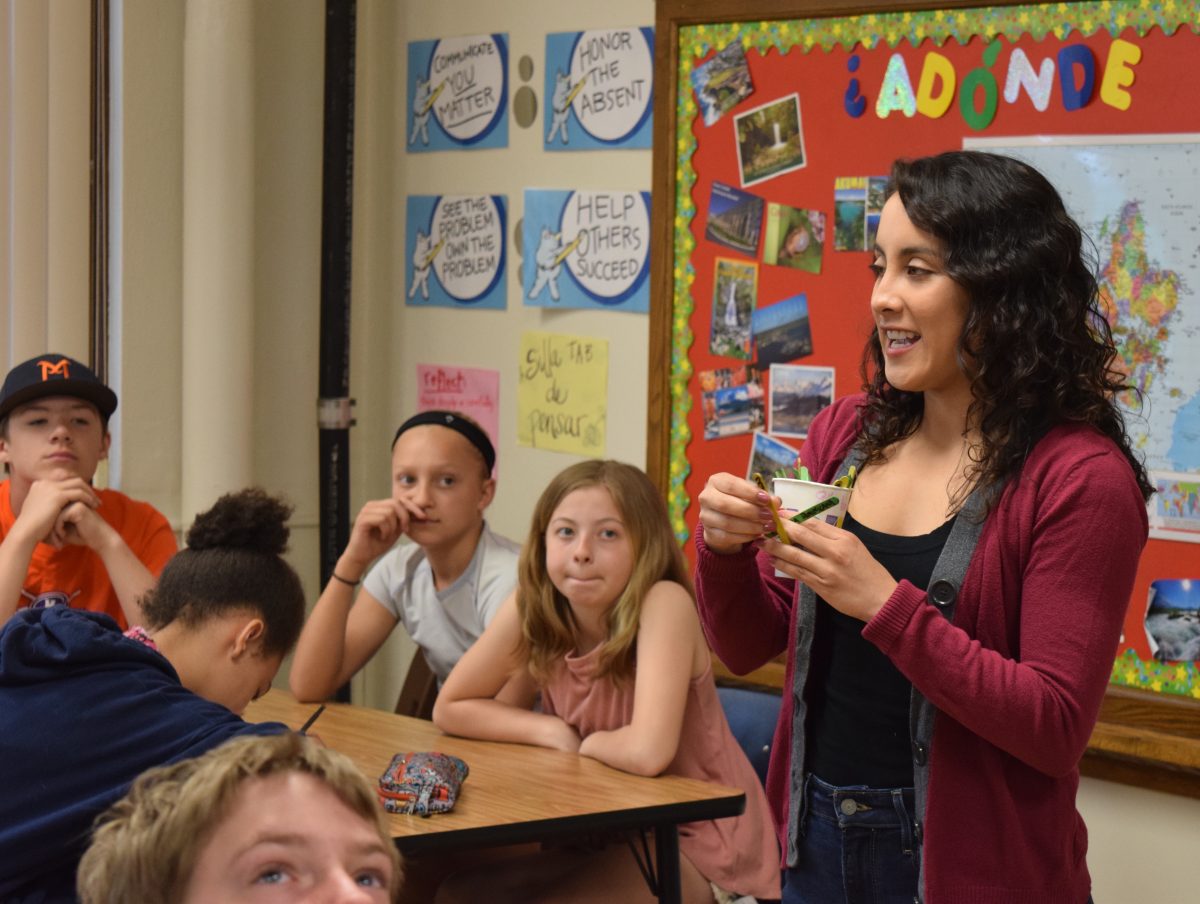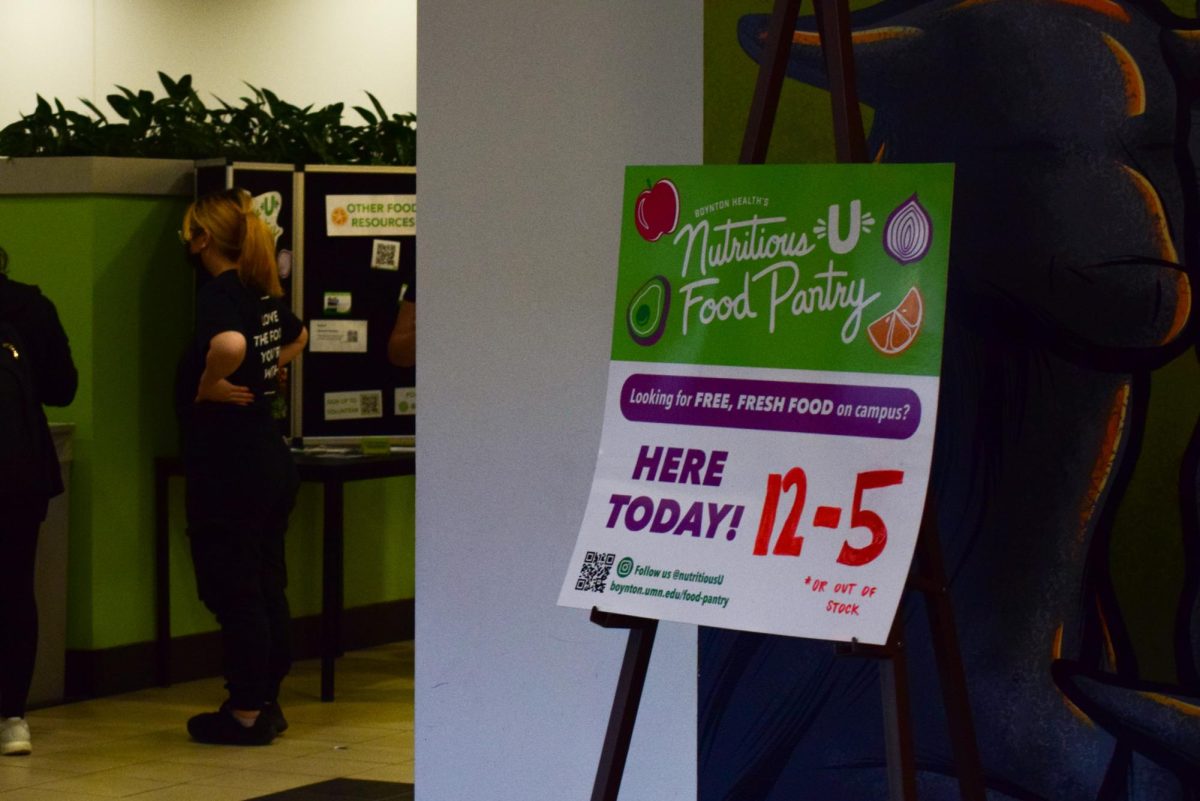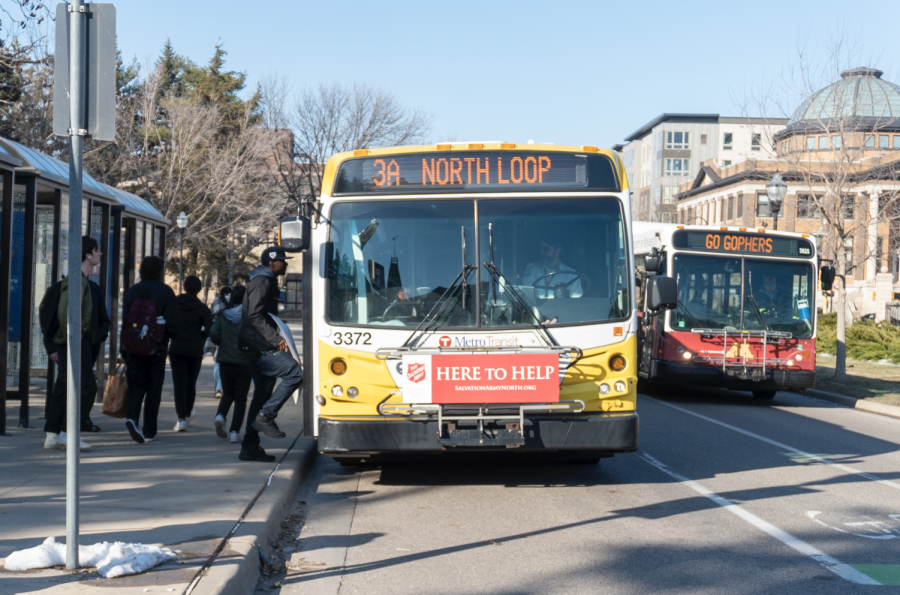Grazing lands for livestock are experiencing increased climate variability, according to new research on 113 years of climate data from the University of Minnesota’s Institute on the Environment.
These changes could be devastating for farmers worldwide who depend on livestock for economic stability and food security. The University researchers worked with experts in Arizona, Brazil and Australia to map global precipitation trends based on climate data from 1901-2014. The study took two years to complete and was published in this month’s issue of Nature Climate Change.
“Previously, we looked at how these precipitation changes impact crops. This is the first time we looked at how they affect livestock,” co-author Jamie Gerber said.
The study found that 49 percent of the world’s grazing lands for livestock have increased in precipitation variability, meaning that the areas experience more droughts or floods than normal, said lead author Lindsey Sloat.
These regions are not able to sustain livestock as well and can’t hold as many animals, Gerber said. Plus, the precipitation variability may harm the grass that cattle eat, he said.
The researchers have also discovered that this year-to-year variability is changing and worsening, Gerber said.
Areas with increased variability tend to be located in Southern Africa, Southern Asia, South America and parts of Europe, said Paul West, the co-director of the Global Landscapes Initiative. These regions do not have an abundance of food like the U.S., so their food security and livelihoods depend on farming, West said.
Plus, these farmers are often cut off from market access and live far from major cities, Gerber said.
“People who are most vulnerable to things like poverty and hunger are working in the most marginal areas that are most vulnerable to climate changes,” co-author Leah Samberg said.
There has been an increase in hunger worldwide, and an estimated 800 million people depend on livestock on grazing lands, she said.
Due to increasing competition for land and stricter borders and fences, it has become more difficult for farmers in these marginal areas to move their farm, leaving the farmers stuck in a difficult situation, Gerber said.
The researchers hope their findings will help farmers in these areas manage their livestock systems.
If farmers know they live in an area that is susceptible to variability, they can take steps to try to protect their livestock from coming climate changes, West said. For example, if a farmer knows that a drought is approaching, they can take precautions, like using different types of soil, he said. The farmers can also feed their herds more sustainable food.
Some farmers can transition to herding different types of animals in response to climate changes. For example, some farmers in Africa are transitioning from cattle herds to camels, Gerber said.
However, some farmers can’t afford to invest in new methods, Gerber said.
“People who are some of the poorest people in the world are the ones who are herders and pastoralists in the developing world and are working in some of the worst places for agriculture,” Samberg said.
















